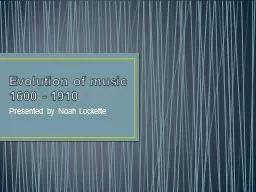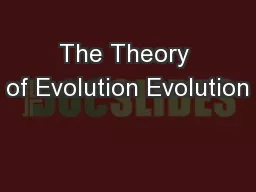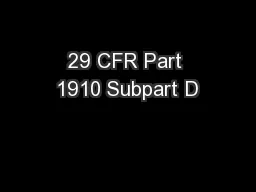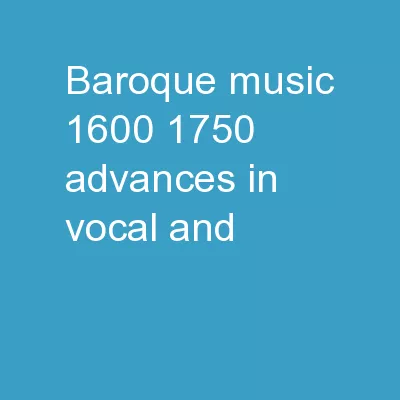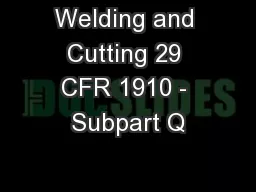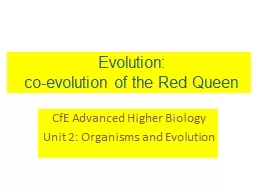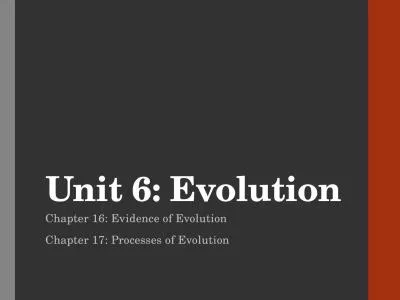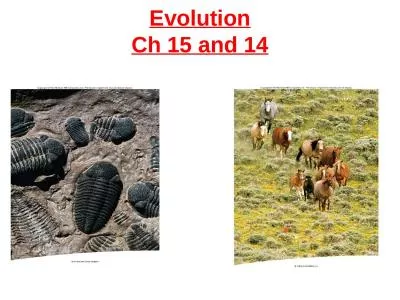PPT-Evolution of music 1600 - 1910
Author : test | Published Date : 2018-11-02
Presented by Noah Lockette Musical Words and Phrases Notation Mode of scripting music Tone tonality Study of sound and its qualities SonataOpera Cantana OratorioConcertoSonatas
Presentation Embed Code
Download Presentation
Download Presentation The PPT/PDF document "Evolution of music 1600 - 1910" is the property of its rightful owner. Permission is granted to download and print the materials on this website for personal, non-commercial use only, and to display it on your personal computer provided you do not modify the materials and that you retain all copyright notices contained in the materials. By downloading content from our website, you accept the terms of this agreement.
Evolution of music 1600 - 1910: Transcript
Download Rules Of Document
"Evolution of music 1600 - 1910"The content belongs to its owner. You may download and print it for personal use, without modification, and keep all copyright notices. By downloading, you agree to these terms.
Related Documents

